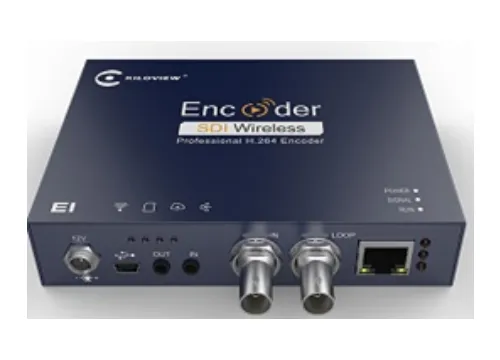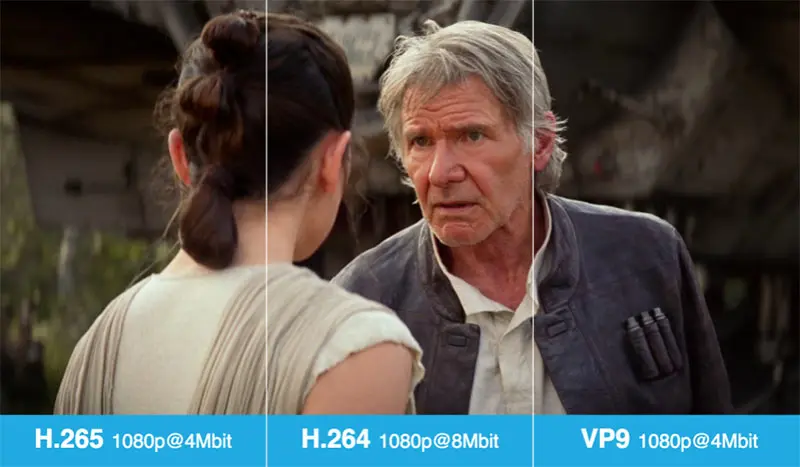Encoding

Optimizing Video Delivery: Understanding the Significance of Encoding in IPTV
Introduction:
In the dynamic realm of IPTV, video encoding serves as a vital component, ensuring the seamless delivery of high-quality content. Additionally, transitioning from compression techniques to transcoding methods, understanding encoding is essential for optimizing streaming experiences.

Understanding Video Encoding:
Video encoding is the process of converting raw video files into a compressed format suitable for transmission over networks. It involves reducing the size of video files without significantly compromising quality.
Importance of Efficient Encoding:
Efficient encoding facilitates smoother streaming experiences, enhancing viewer satisfaction. Additionally, it results in faster loading times and decreased bandwidth consumption. Consequently, IPTV providers can seamlessly deliver content across diverse devices and network environments.
Types of Video Encoding:

- H.264 (AVC): A widely used standard for video compression, offering high-quality output with efficient bandwidth usage.
- H.265 (HEVC): A successor to H.264, HEVC provides even better compression, allowing for higher-resolution content at lower bitrates.
- VP9: Developed by Google, VP9 offers efficient compression for web video, supporting high-quality streaming on platforms like YouTube.
The Role of Transcoding:
Transcoding is the process of converting video files from one format to another. It ensures compatibility across different devices and platforms, enhancing accessibility for viewers.
Optimizing Encoding for IPTV:
- Bitrate Control: Adjusting bitrate settings to balance video quality and bandwidth consumption.
- Resolution Scaling: Resizing video resolutions to match the capabilities of viewers’ devices and network connections.
- Frame Rate Adjustment: Optimizing frame rates to maintain smooth playback while minimizing file size.
Future Trends in Video Encoding:
- AV1 Codec: A promising open-source codec offering improved compression efficiency for high-quality video streaming.
- Per-Title Encoding: Tailoring encoding parameters based on the content type and complexity to maximize efficiency.
Conclusion
In the ever-evolving landscape of IPTV, understanding the intricacies of video encoding is paramount. By implementing efficient encoding techniques, IPTV providers can deliver immersive, high-quality streaming experiences to audiences worldwide.



0 Comments